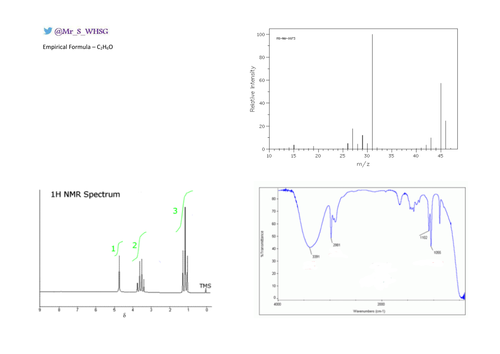Keep Calm & Teach Chemistry
A variety of resources mostly for teaching Chemistry: Presentations that support lessons or practical work. 'Interesting animations built into PowerPoint slides' Ideal for AQA Exam board. #Chemeducation for corrections and updates


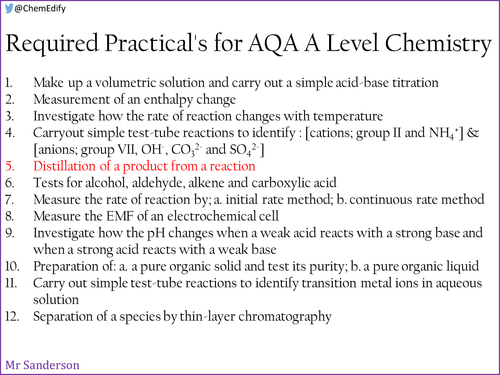
![AQA A-Level Chemistry [3.3.4.2] Addition reactions of alkenes [New Specification (2016-)]](https://dryuc24b85zbr.cloudfront.net/tes/resources/11828886/image?width=500&height=500&version=1517696043244)

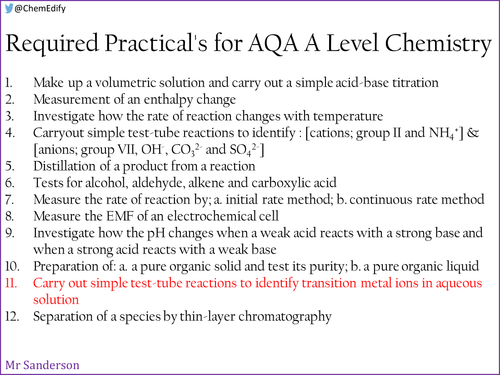
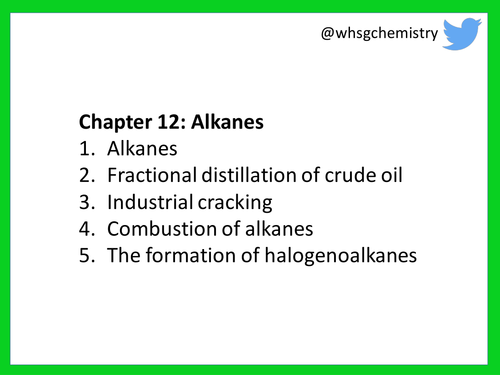

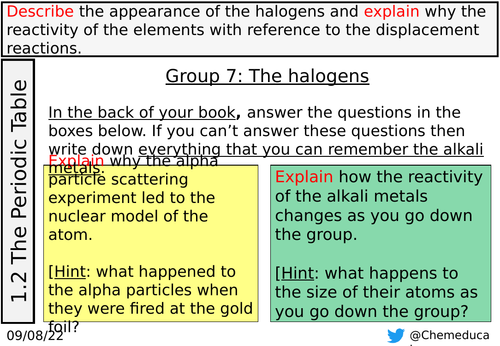

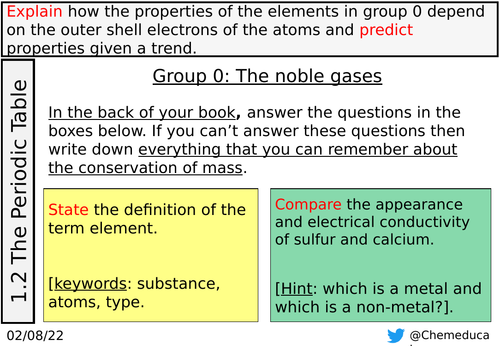
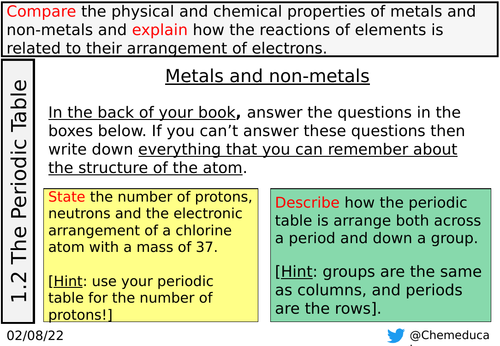

![AQA A2 [Year 13] Required Practicals 7-12](https://d1e4pidl3fu268.cloudfront.net/2275e665-301f-44e9-8587-18c7011ed2fe/A2PracPic.jpg)
![AQA [3.1.1] Atomic Structure [New AQA A-Level (2016-)]](https://dryuc24b85zbr.cloudfront.net/tes/resources/11679921/image?width=500&height=500&version=1519314482297)
![AQA [3.1.8.2] Entropy & Gibbs free energy [New AQA A-Level (2016-)]](https://dryuc24b85zbr.cloudfront.net/tes/resources/11679927/image?width=500&height=500&version=1519314482305)
![AQA A-Level Chemistry [3.1.4.1] Enthalpy Change [New Specification (2016-)]](https://dryuc24b85zbr.cloudfront.net/tes/resources/11810783/image?width=500&height=500&version=1557659903498)
![AQA A-Level Chemistry [3.1.4.3] Applications of Hess's Law [New Specification (2016-)]](https://dryuc24b85zbr.cloudfront.net/tes/resources/11810954/image?width=500&height=500&version=1557660036910)
![AQA A-Level Chemistry [3.1.4] Energetics [New Specification (2016-)]](https://dryuc24b85zbr.cloudfront.net/tes/resources/11810965/image?width=500&height=500&version=1557660678121)
![AQA A-Level Chemistry [3.1.4.2] Calorimetry [New Specification (2016-)]](https://dryuc24b85zbr.cloudfront.net/tes/resources/11810948/image?width=500&height=500&version=1557660584639)
